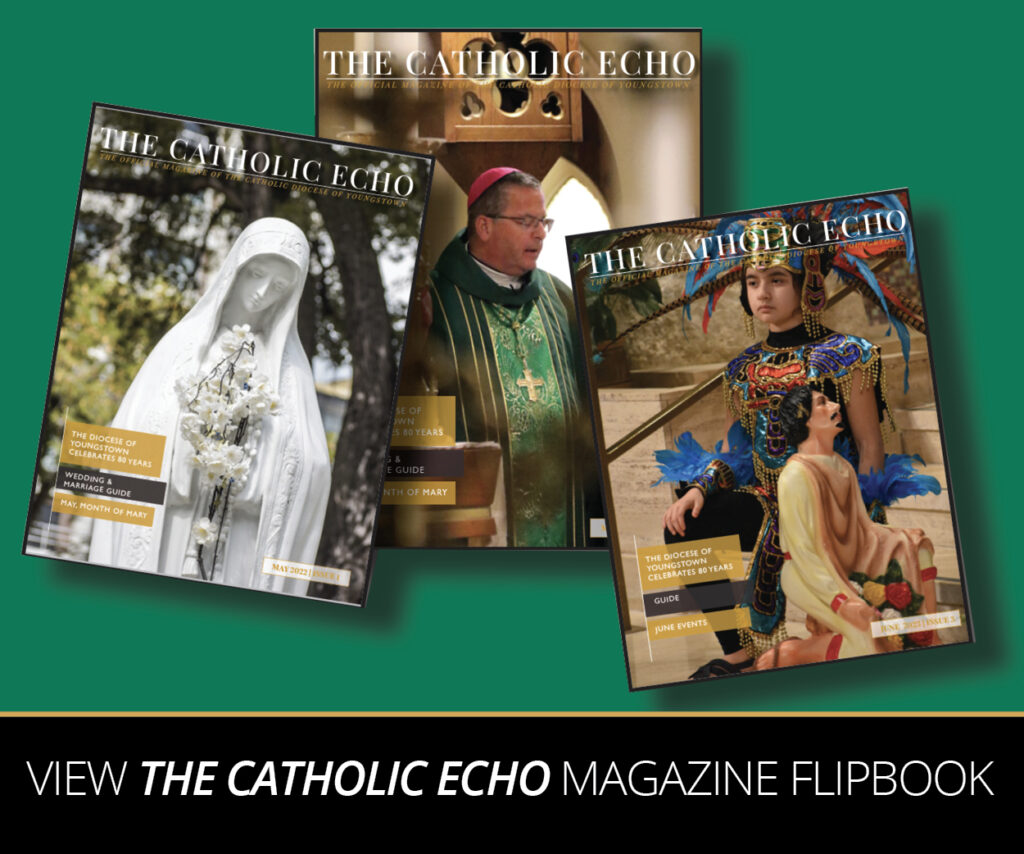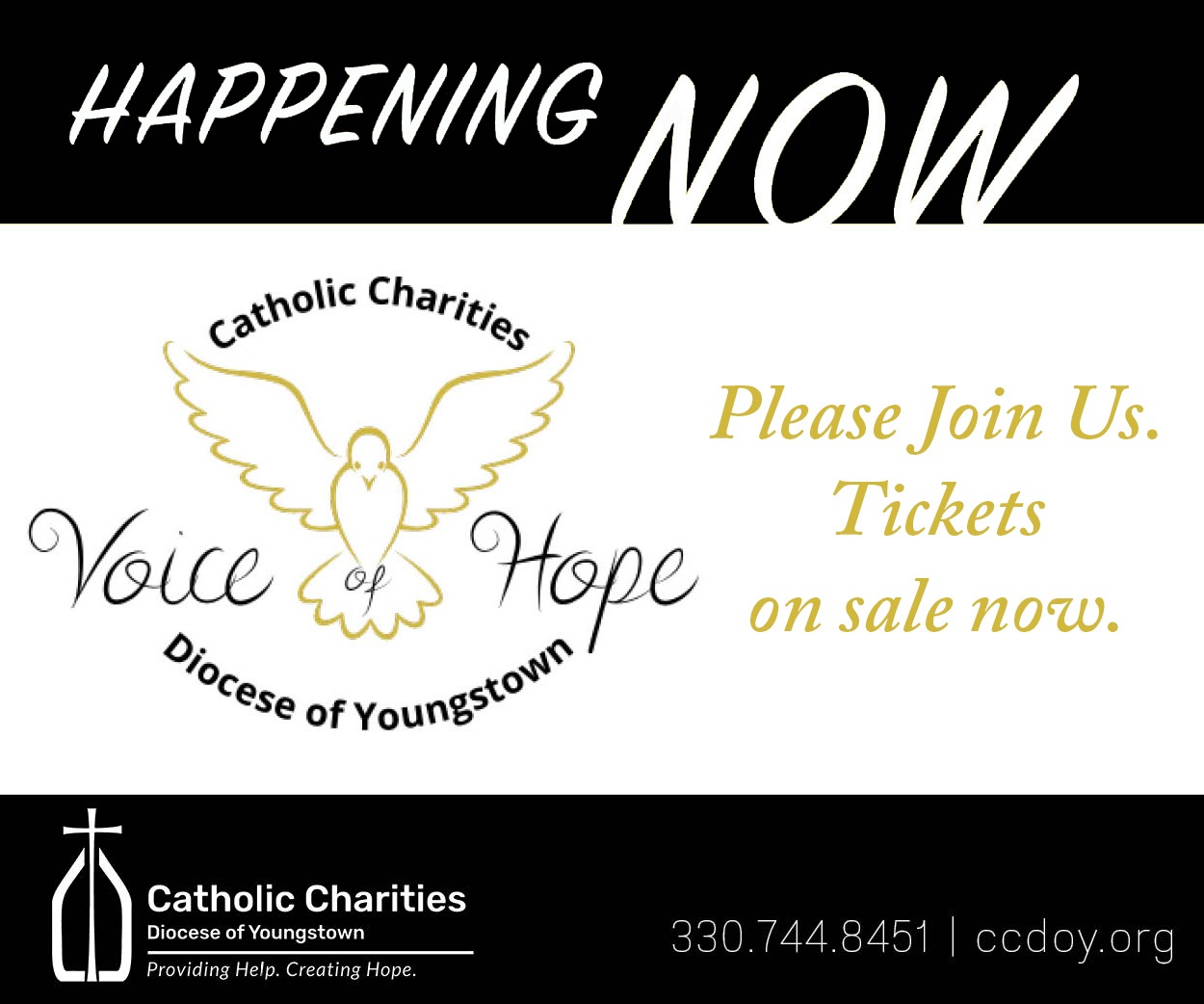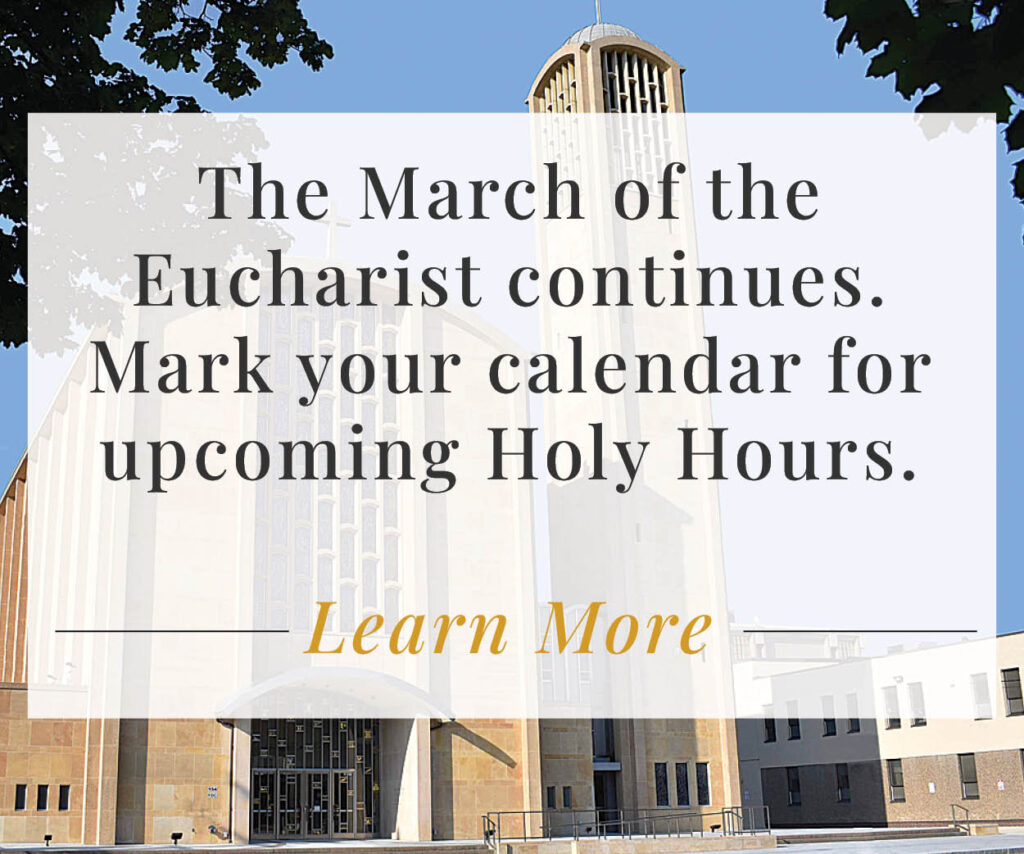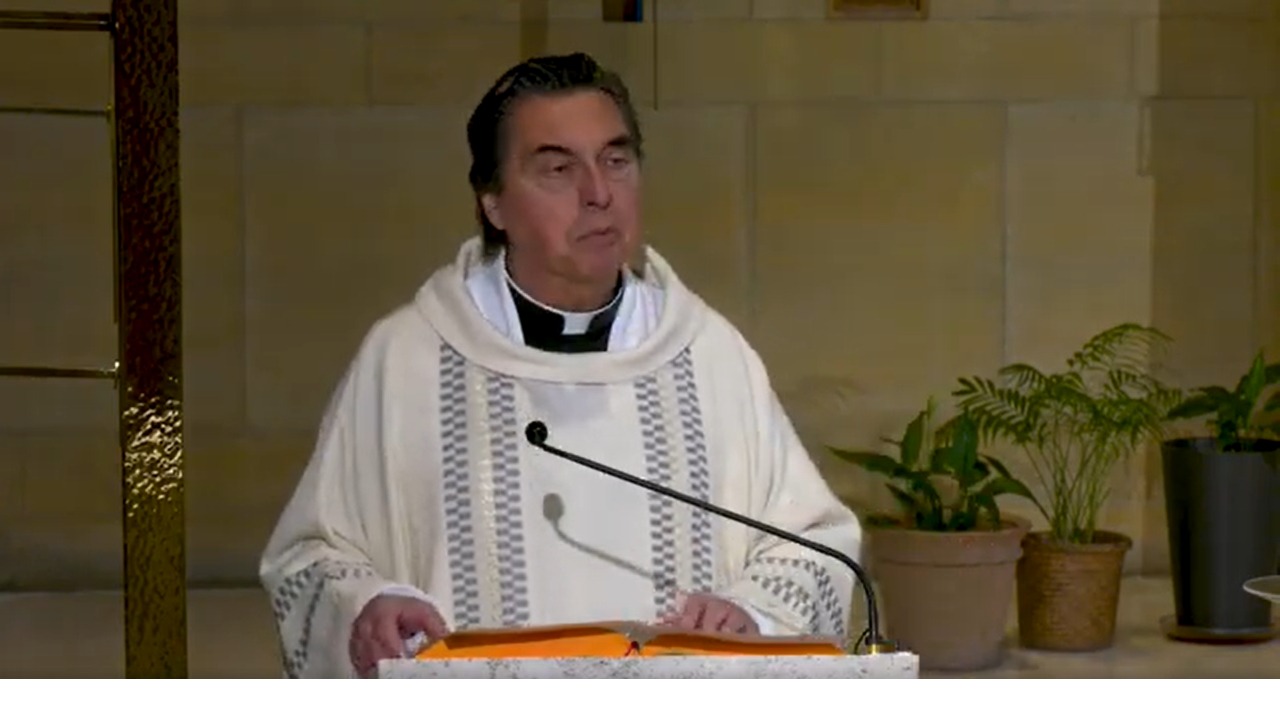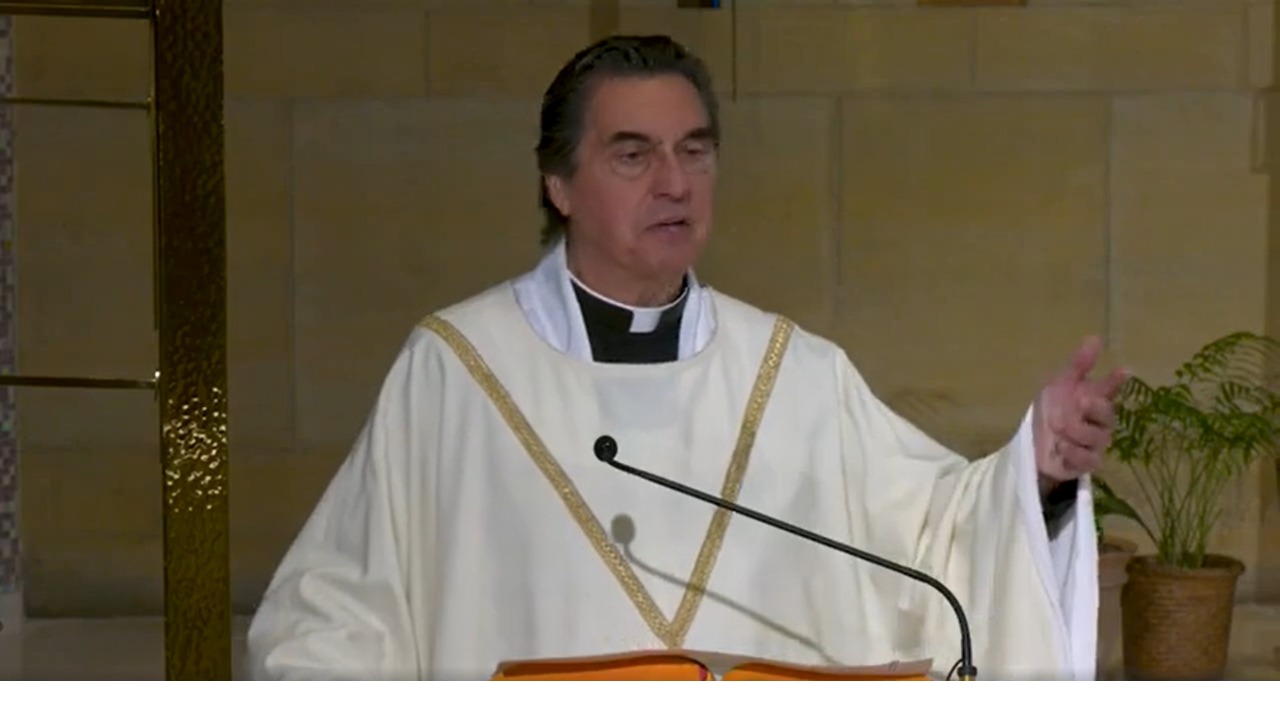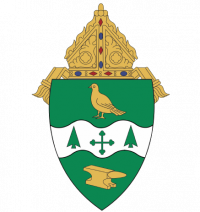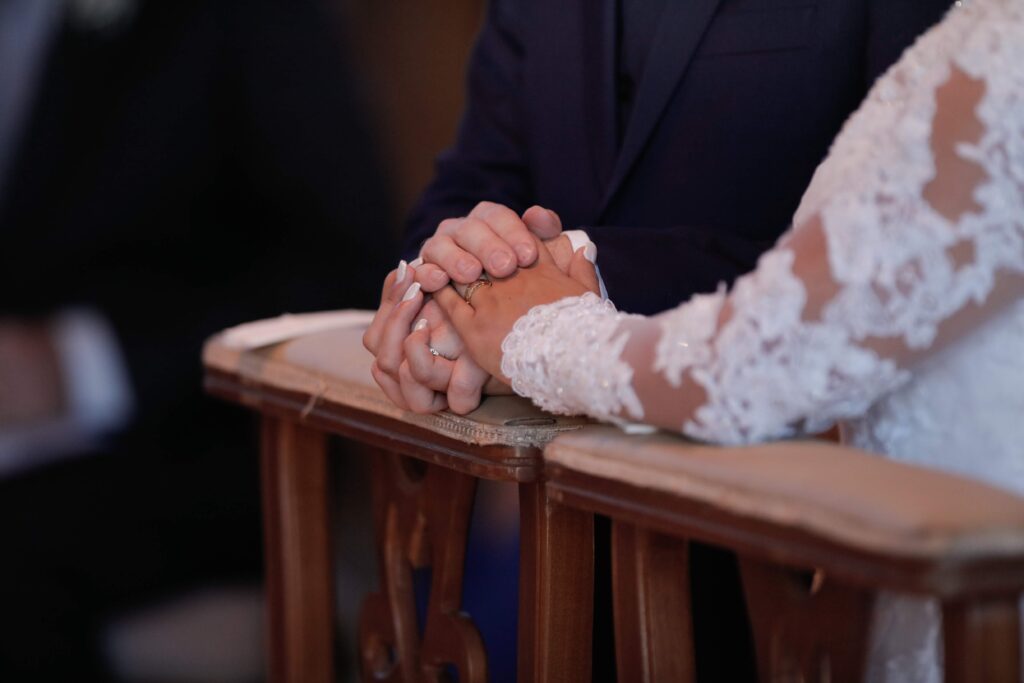
Our Church is in the midst of a vocation crisis but not in the way that most people think.
When most people hear “vocation crisis” in the Church, they immediately think of declining numbers of priests and consecrated religious, but we are also experiencing a crisis in the number of Catholic Christians responding to the vocation of Holy Matrimony. Just as fewer men and women have been approaching the Church to discern a call to the priesthood or the religious life, each year fewer and fewer couples are approaching the Church to celebrate the sacrament of marriage.
In the last two years – 2021 and 2022 – an average of 350 weddings took place at parishes in the Youngstown Diocese. In contrast, ten years before – 2012 – 661 weddings took place, and 20 years before – in 2002– 1,158 weddings took place. In even starker contrast, 2,729 weddings took place in the Youngstown Diocese in 1970, when many “baby-boomers” were coming of age.
This downward trend in the number of Catholic weddings is not unique to the Diocese of Youngstown. In 2020 in the United States, only 97,200 weddings took place nationwide among a total Catholic population of about 73 million. In 1969, 278,175 weddings took place nationwide among a smaller Catholic population of about 54 million. Over time we have more Catholics, but far fewer weddings.
Nor is this trend unique to the United States, but is a worldwide phenomenon. Statistics gleaned from the Vatican’s Annuarium Statisticum Ecclesiae – the statistical yearbook for the Catholic Church – indicate that while the number of Catholics has been increasing throughout the world over the last ten years, the number of Catholic weddings has been decreasing during that same period of time.
And this is not just a problem in the Catholic Church. According to the Pew Research Center, in the United States, the share of adults ages 25 to 54 who are currently married fell from 67 percent in 1990 to 53 percent in 2019, while the share cohabiting more than doubled over that same period – from 4 percent in 1990 to 9 percent in 2019. Plus, the share that has never been married has also grown – from 17 percent to 33 percent.
However, a silver lining amidst all the concerns about marriage in our contemporary society is that there has been much study done on marriage and what makes marriages successful. For instance, one of the most consistent predictors of marital satisfaction is the frequency with which a couple prays together and/or attends religious services together. Even Harvard University’s T. H. Chan School of Public Health discovered that couples who regularly attend religious service are about 45 percent less likely to divorce than couples who do not. It may sound like a cliché, but the empirical data indicates that “the couple who prays together, stays together.”
Another ray of hope on the horizon is the Vatican’s call for a “marriage catechumenate.” Recently the Vatican’s Dicastery of Laity, Family and Life recently released a document entitled “Catechumenal Pathways for Married Life” which lays out a more comprehensive model for marriage preparation and marriage support in the Catholic Church. In the introduction, Pope Francis reminds us that “the Church, in every age, is called to proclaim anew the beauty and abundance of grace contained in the Sacrament of Marriage and the family life which flows from it.” After observing that the Church devotes large quantities of time to the preparation of candidates for the priesthood or religious life, the pope asserts that “Mother Church therefore bears a duty of justice to devote time and energy to the preparation of those whom the Lord calls to the great mission of family life.”
Why? Because, as Pope Francis states “Devoting time to someone is a sign of love.”
Following “Catechumenal Pathways for Married Life” to prepare couples for marriage however is not just the responsibility of the clergy. The document repeatedly emphasizes the indispensable role of married couples. “Married couples must also play a primary role alongside priests and religious. The preparation of couples for marriage is a true work of evangelization. The lay faithful, especially married couples, receive an equally important call as religious and ordained ministers to participate in the Church’s evangelizing mission.” This is because, “married couples can offer concrete support along the journey of accompaniment by intervening as witnesses and companions of couples, both before and during marriage, regarding many aspects of married life.”
Space does not allow further description of how “Catechumenal Pathways for Married Life” envisions a comprehensive process of marriage preparation that parallels the phases and stages of the Order of Christian Initiation of Adults – commonly known at the “RCIA.” Still, expect this recently released document to have a significant impact on our approach to marriage preparation in the Catholic Church. As “Catechumenal Pathways for Married Life” observes: “Marriage is not only a social act; for Christians, it is an ‘ecclesial’ act. Therefore, the whole Church, as the body of Christ, takes charge of it, and feels the need to be of service to future families.”


